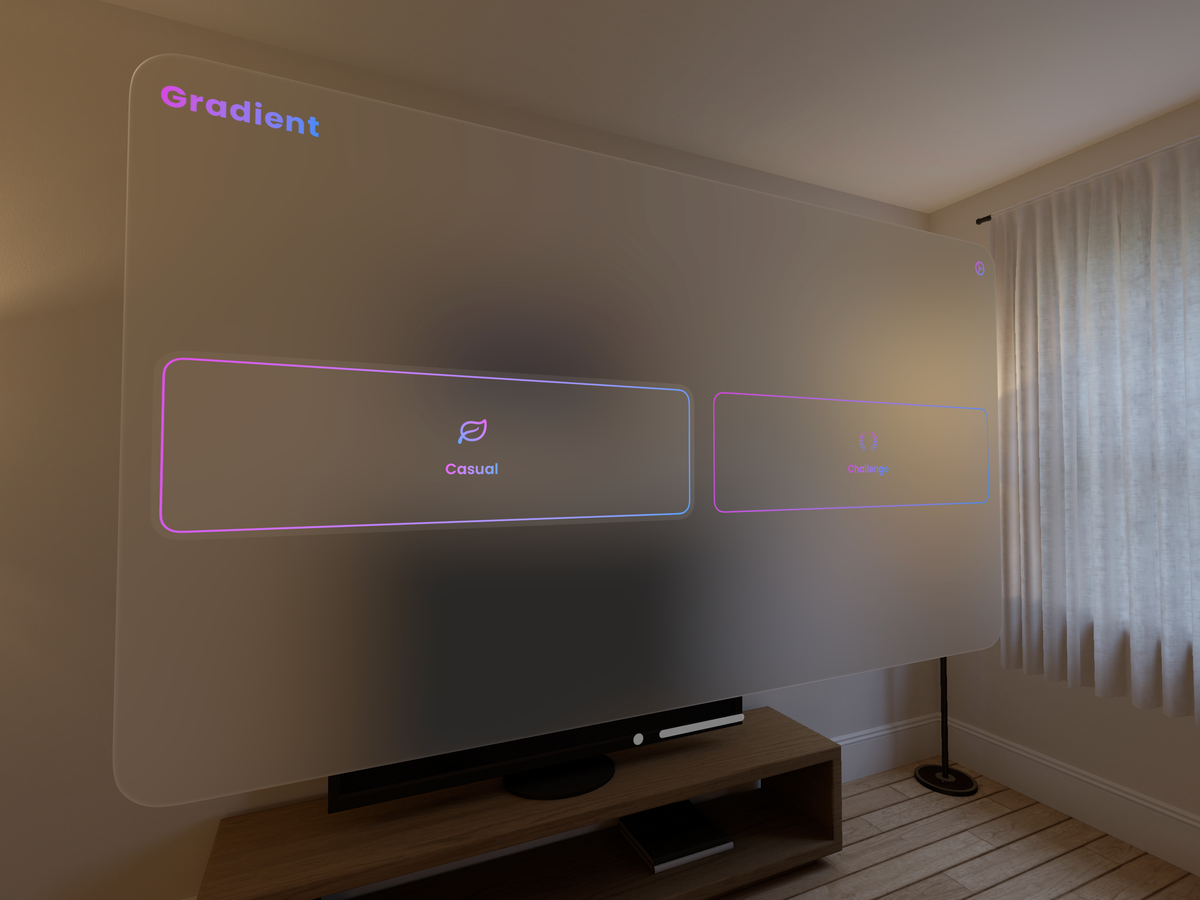Last week was a long one. This dispatch will be longer than the previous ones, so get your favourite drink before you continue!
Apple has launched the Vision Pro, and it is a game-changer in the world of mixed reality. During the last WWDC, I conducted a poll asking if people would buy the $3500 device, and the overwhelming majority said no. However, after the reviews and hands-on experience, I believe the sentiment has changed considerably over the last month.
The Vision Pro is a cool device but a bit of a rich people's toy. Just expensive to justify buying it. But, I am excited about its potential and want to write about developing for visionOS. I envision a future where this technology is accessible to a wider audience at a lower price point, probably below $2000, making it much more affordable for people interested in using it for work and entertainment. I hope Apple takes in the input from the current users of the first-generation of this headset and improves the field of view and battery life, making it a more practical and convenient device for everyday use.
What do you think? Have you got the Vision Pro already? How is the experience? If not, would you buy the Vision Pro if priced at $2000? What other features would you like to see in future models? Tell me everything!
Attending the Apple Vision Pro lab!
Last week, I had the opportunity to attend the Apple Vision Pro lab in Singapore. It was wild to fly to Singapore after just returning from iOS Conf SG, but I could not resist getting my hands on the Vision Pro for six hours before writing about it.
The experience on a simulator is just not the same as using the real device. I am glad I made the trip because it gave me a better understanding of using and working with visionOS. Unfortunately, I cannot share any specifics about my experience due to the NDA I signed, which is a bit of a bummer as the device is already on the market. I still echo the feeling that flying to Singapore and trying out the headset was worth the investment.

Before attending the lab, I felt like a bit of an imposter writing about visionOS without having tried it. But now that I have had the chance to use it, I feel much more confident in my writing, and I hope you all are ready for a spree of posts about the future of spatial computing!
Harmonising AI & Melodies: Crafting a Personalised Music App
I recently had the opportunity to present a lightning talk on this topic at iOS Conf SG 2024, and the video is now available on YouTube!
In my talk, I discussed the journey of crafting a personalised music app, from learning about OpenAI and other model APIs to addressing security concerns and creating a model-agnostic client-side system.
I wanted to share my thoughts and experiences on this topic, as I believe that AI has the potential to revolutionise the way we interact with music. We help people discover underrated new music gems they will love, making their listening experience more enjoyable and engaging.
Another option I explored in my talk was creating a model-agnostic client-side system. This means building a system that can work with different AI models rather than being tied to a specific model. This allows for more flexibility and scalability and makes it easier to incorporate new models as they become available.
I hope you enjoy my talk and that it inspires you to explore the possibilities of AI and music. If you have any questions or comments, please do not hesitate to reach out. I would love to hear from you! My only request is to share your favourite music with me, haha.
Articles
This week, I started working on updating my iOS apps to a separate visionOS target, and I want to document each part of the journey, no matter how small they are. Added a small hover effect? Write about it. I am not thinking twice, just writing and publishing.
Last week, I wrote a small one on hoverEffect, and I will continue writing everyday snippets as I work on updating the apps.

Also, for the music enthusiasts, I am working on a sample template for visionOS, similar to the Apple Music app, which you can download here when it is available:
Sponsor
A shoutout to RevenueCat for sponsoring the website and this newsletter! I have been an unofficial advocate since 2020, using it for personal and client apps.
Their latest feature, Paywalls, helps you add paywalls in one line of code. I already used it at work, making it much quicker to iterate, edit, remotely configure and test your app's paywalls!
Quote of the Week
I am lagging in my reading habit because much of my time was spent on X doomscrolling. But, I found these lines by Jacob interesting to introspect:
dream in years
— Jacob Eiting — iap/acc (@jeiting) January 31, 2024
plan in months
act in hours
Conclusion
February is going to be a hectic month for me. I hope to make the most of the time, while balancing writing and day job, and exploring visionOS. 👓
What is your plan for the shortest month of the year?

